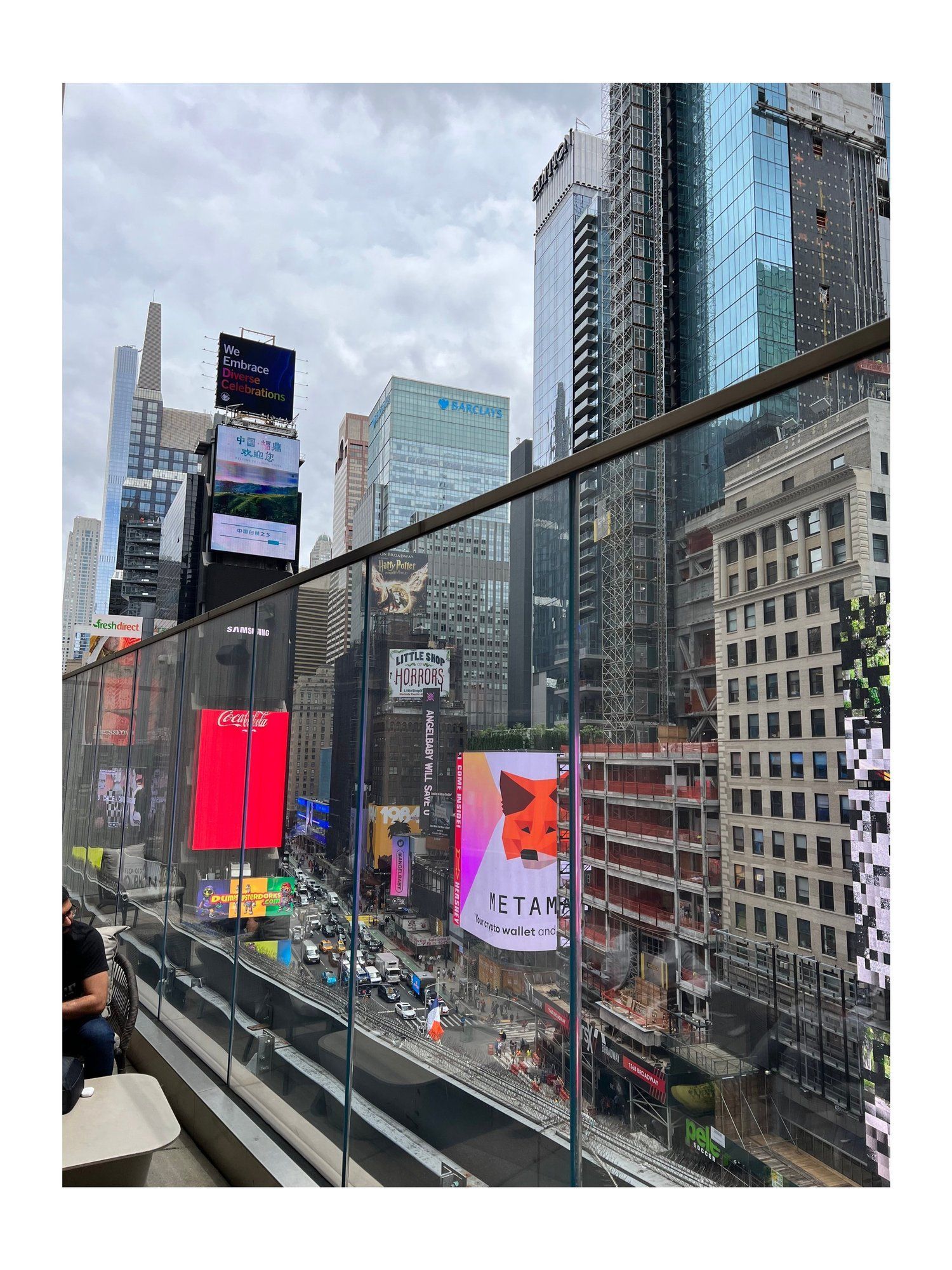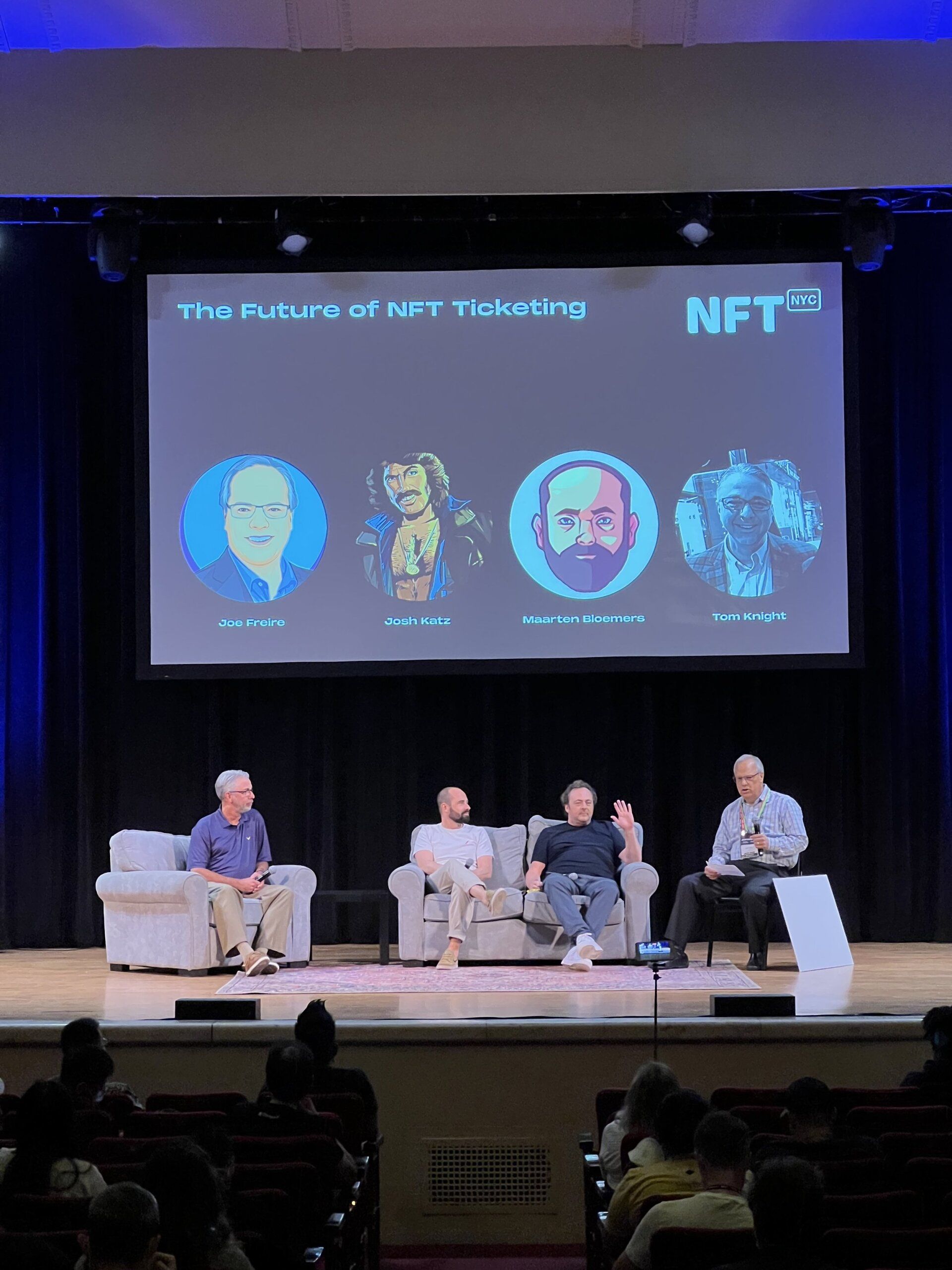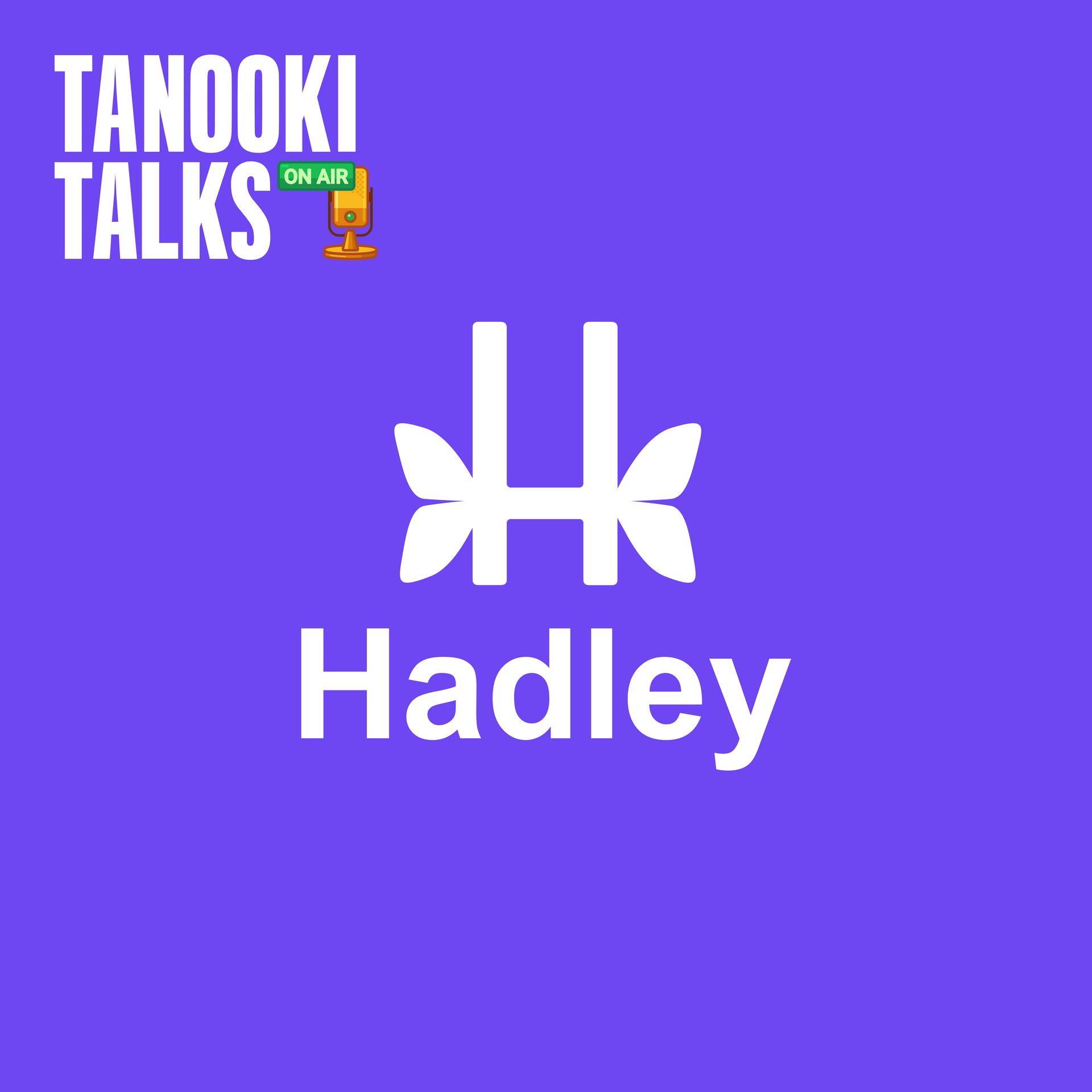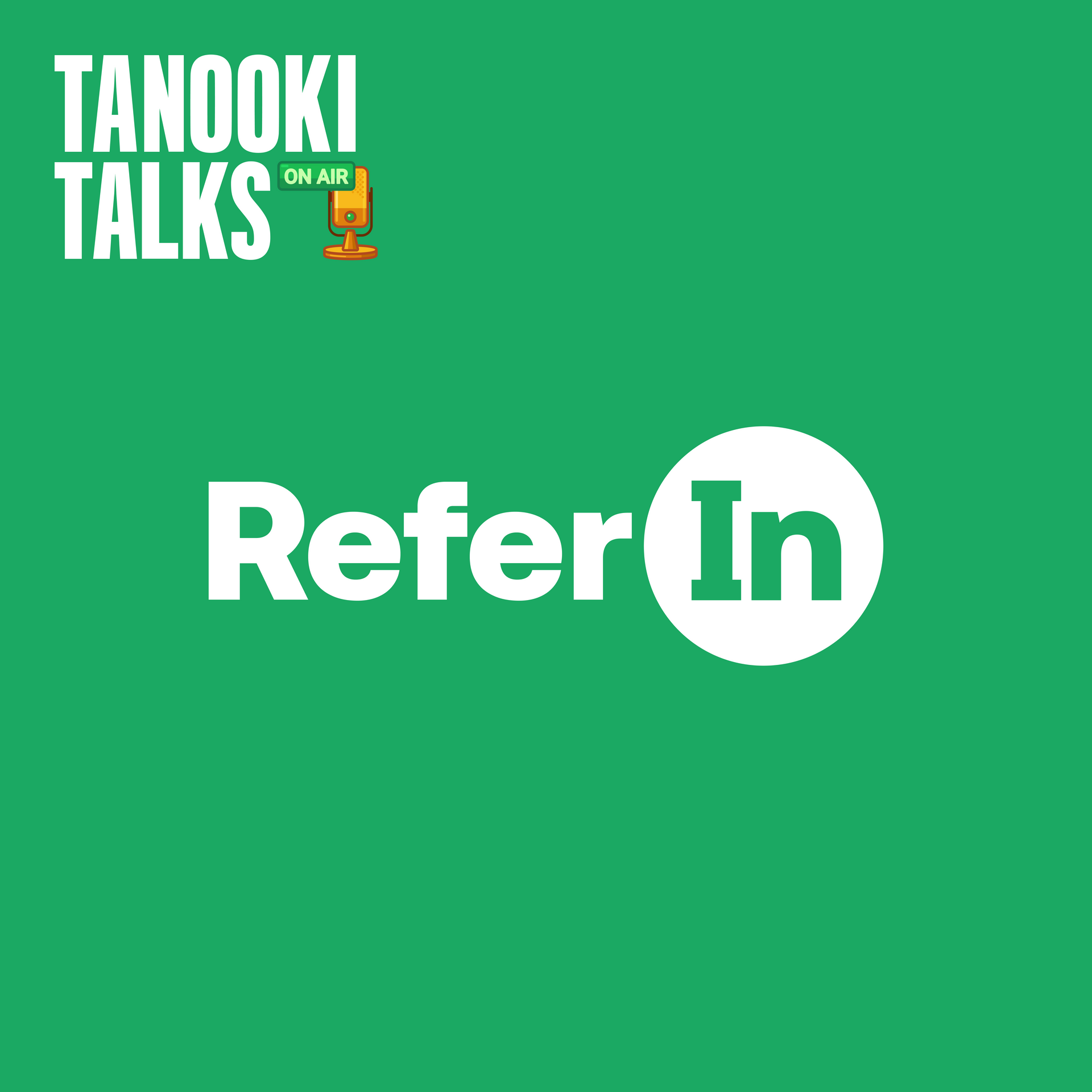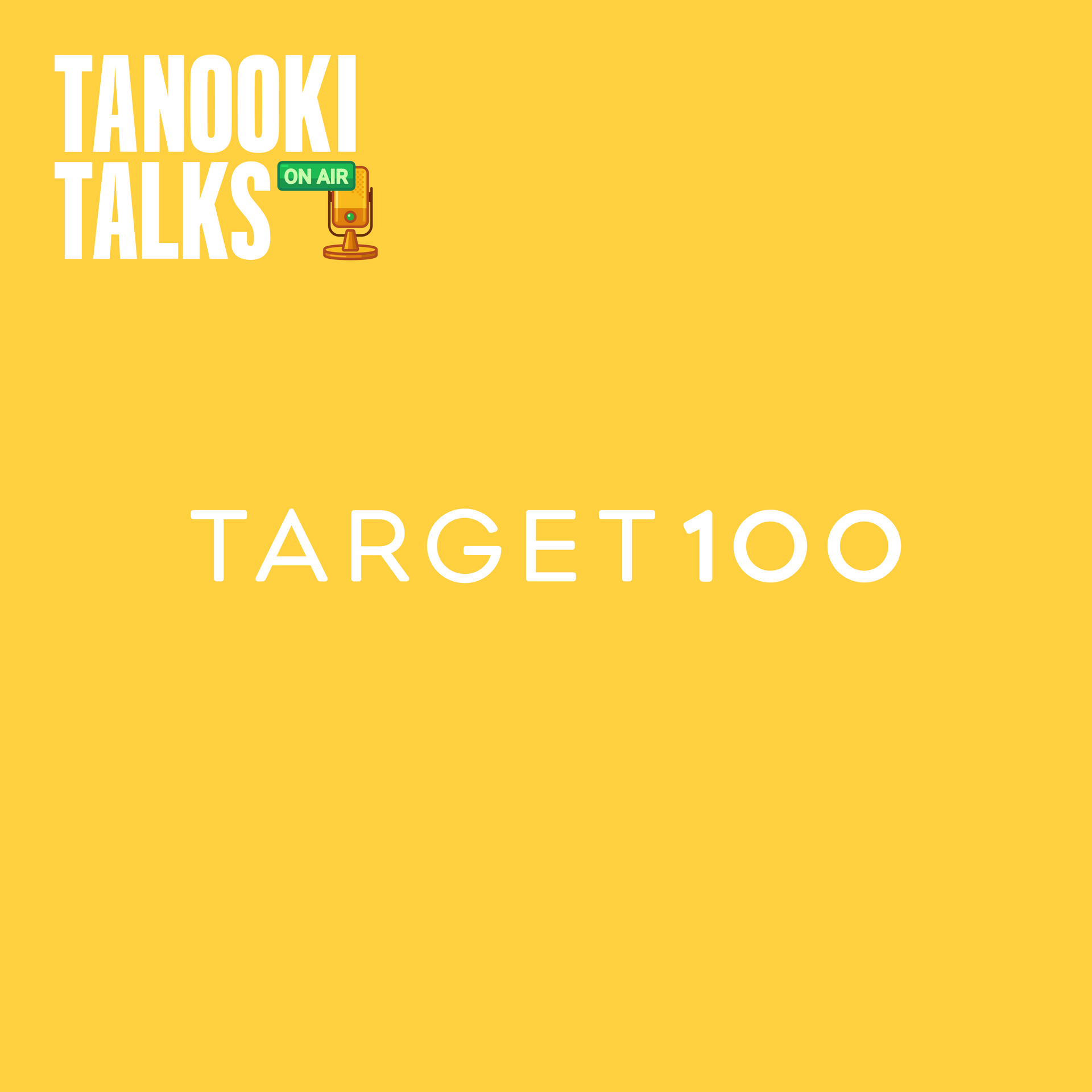Though we wouldn’t be able to recap the entire week of projects, events and talks, here’s what caught our eye:
While Ethereum has been many dApp builders' go-to blockchain, most seem to acknowledge that a lot of the NFT activity will take place on layer 2 blockchains or alternative layer 1’s. Ethereum-based layer 2 blockchains like Immutable X
or Polygon
are becoming more popular because they inherit the security of Ethereum while providing performance characteristics and other attributes important to NFT projects, like faster throughput and lower fees.
We also heard a lot of talk about developing on Flow
, an alternative layer 1 (i.e,. it’s not Ethereum) that hosts some of the most successful NFT projects, because it enables best-in-class user experiences that developers can create on today’s blockchains. (Psst…you can learn a bit more about our work on Flow here.)
If the official conference events were largely sponsored by the blockchains, the must-attend, nighttime events were hosted by DAOs
and PFP
projects. The Bored Ape Yacht Clu
b threw Ape Fest, a week-long music festival in Manhattan with top-tier talent each night. Moonbirds
took over Webster Hall for their own event, including a concert featuring Tame Impala. (And outside of these, you can bet there were many off the grid events supported by these groups.) For most of these PFPs & DAOs, the members ascribe to shared goals and values, and collaborate to use pooled resources to create value for their community and the world. They also include groups devoted to NFT collecting, like Proof
or Flamingo. Or, Links DAO
, a group that raised $10M in their initial sale to buy an actual golf course.
Ticketing as Fan Club 3.0
Decentralization of Media?
People in film, music, streaming, animation, and other media outlets are all exploring where NFTs and the blockchain will intersect with their industries. While this comes inherent with its own list of potential pitfalls (including the always tricky IP issues), already there are decentralized movie studios where fans and users dictate everything from who gets cast on the movie to the details of the script. Other concepts being explored reward the audience for engaging with the content, e.g. “watch to earn” programs. Of course, some are also getting in on the “traditional” collectibles game, like this Dr. Seuss project
.
NFTs are a ball (literally!)
Sports are still a big use case and there are a number of NBA TopShots-esque collectibles projects launching soon. With a creatively different take on tying the physical world to digital collectibles, the Australian Open launched the AO Artball project
, which divides the tennis court into 6,776 squares and assigns each one an NFT. People can purchase the NFTs that represent specific areas of the court and see the history of it (like the number of times a ball hits it, etc.)
What was quieter than expected
It might have been the circles we were at during the conference, but for a large-scale NFT event, we were surprised by the lack of creators and artists that we ran into. (And we’re not the only one
who had this take!) Sure, there were NFT gallery showings and the NFT awards, but fewer people seemed most excited about NFT collecting than the utility itself of NFTs.
While the conference may be behind us, the world of blockchains, DAOs, PFPs, NFTs, and acronyms that haven’t even yet been envisioned, is ahead of us, and here at Tanooki, we’re excited to continue to develop and build in this new world.

